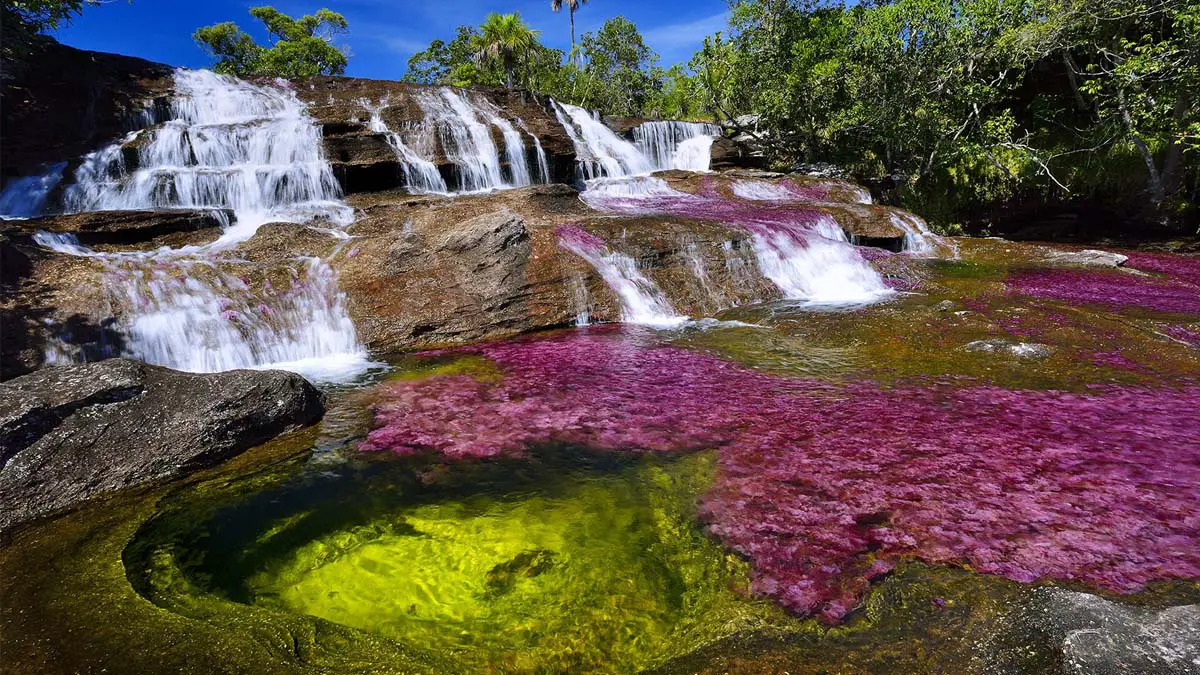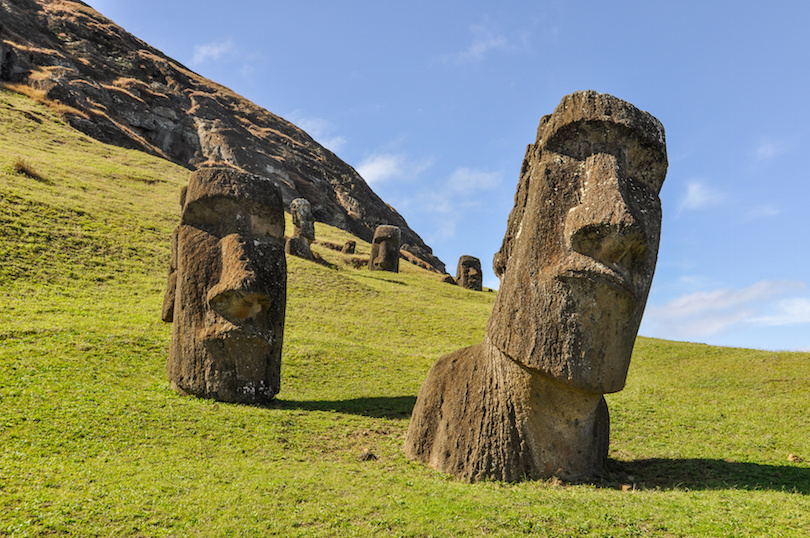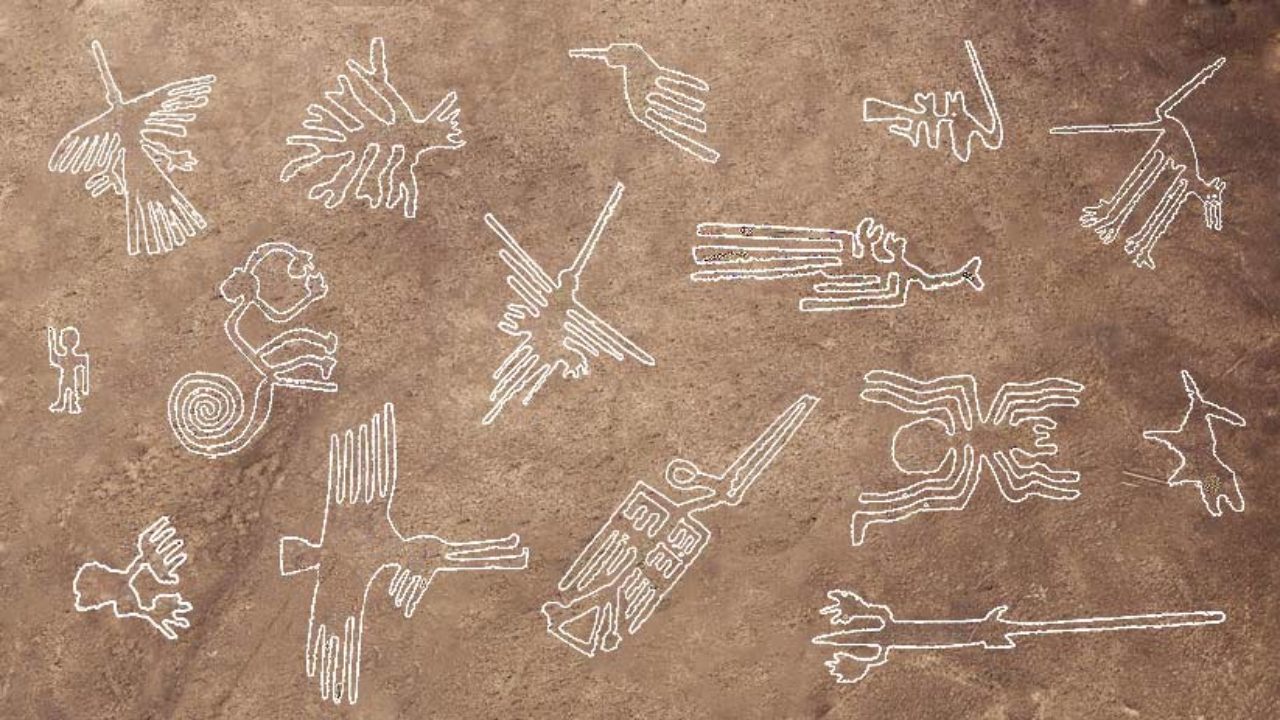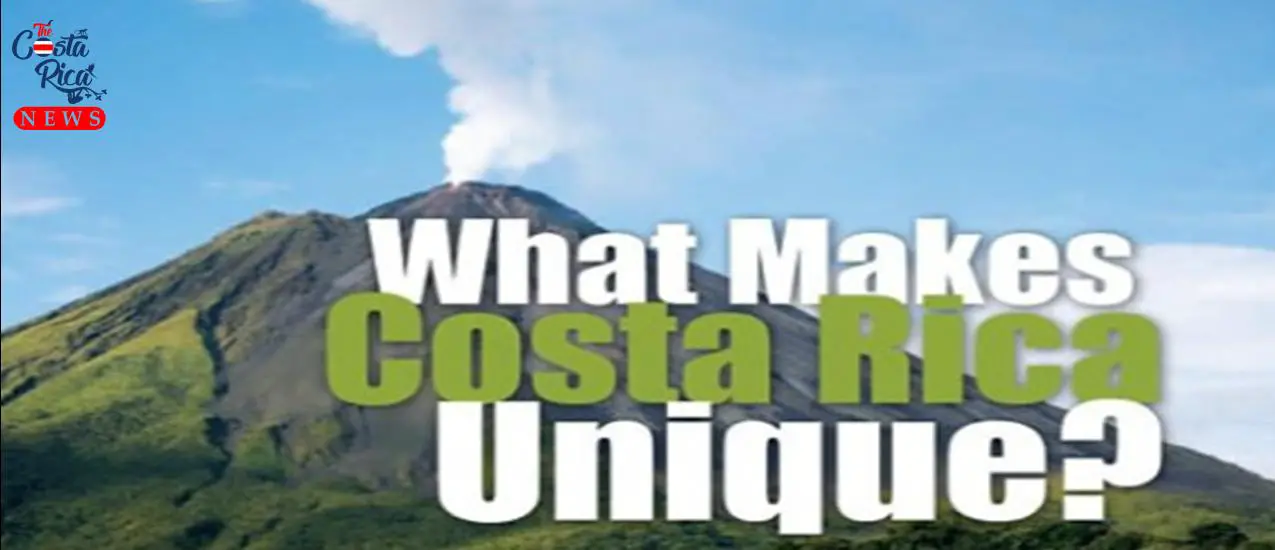
Nature allows us to enjoy great landscapes and beautiful places that in many cases arouse interest in getting to know them.
Such are some places located in Latin America that due to their few peculiar characteristics and their great charms are usually in addition to beautiful, somewhat mysterious.
Among some of these mysterious places we have:
Caño cristal (Colombia)
This beautiful but mysterious place, during the rainy season, turns into a rainbow. It is not easy to get to, but it is worth it. The reservoir acquires blue, green, red, purple, and orange tones through light effects, plants, and water. They also known as the river of five colors is so amazing that photographers and filmmakers have portrayed it in his works.
Monte Roraima (Venezuela)

Already in case the 2,810 meters high of Mount Roraima, in Venezuela, leaves anyone speechless. This mysterious place offers a view of its summit bordered by cliffs so impressive that it has inspired literary and cinematographic works. “The mother of all waters”, as the indigenous people of the area call this “tepuy”, is one of the oldest mountains on the planet and locals have filled it with legends.
Easter Island (Chile)

It will not be easy to get to this mysterious place, but exploring a deserted beach full of huge and amazing sculptures will justify the journey. About 3,000 kilometers from the Caribbean coast of Chile is Easter Island. This corner is famous for the rock heads and torsos under which corpses rested. The origin of the “moais” represents a mystery to humanity. The truth is that they date back about 1,500 years and are imposing.
Perito Moreno Glacier (Argentina)

Patagonia, in Argentina, is in itself an unforgettable destination. However, visiting this mysterious place will allow you to enjoy an experience that will leave its mark. These ice formations impact any mortal. The world fame of the glacier is due to the fact that, unlike other glaciers, it continues to grow. This block of ice, five kilometers in front, and 60 meters high give way through the water and you can continuously hear and see the pieces of ice come off. Salar de Uyuni (Bolivia)
Can you imagine being able to walk on the clouds?

In this place, it is almost possible to do it. It is El Salar de Uyuni, the largest salt desert in the world, located in Bolivia. It is a mysterious place but it is a show without comparison. The ground becomes a mirror and there is no distinction between heaven and earth. The so-called “Dalí Desert” is a worthy setting to be owned by the spirit of Pachamama. If the spiritual is not your thing, at least you will get luxurious photographs.
Emas National Park (Brazil)
Emas National ParkIn the Emas National Park, in Brazil, there are immense termite nests that will leave you with your mouth open at dusk. These towers are illuminated with thousands of little green lights. It is about larvae (young) of beetles. The light they emit attracts the termites, which when they get closer are eaten by the killer hatchlings. The relationship between these insect colonies raises questions for science.
Nazca Lines (Peru)

In this count, one of humanity’s greatest enigmas could not be missing, to the point that there are theories that concern the work at alien hands. It is the Nazca Lines in Peru. These mysterious drawings made this desert a World Heritage Site (1994). They are almost 800 geoglyphs so perfect and some so complex that it is hard to believe that our pre-Columbian ancestors made them
These are some of the places considered as mystics that are found in Latin America, both by its inhabitants and by those who visit them.

